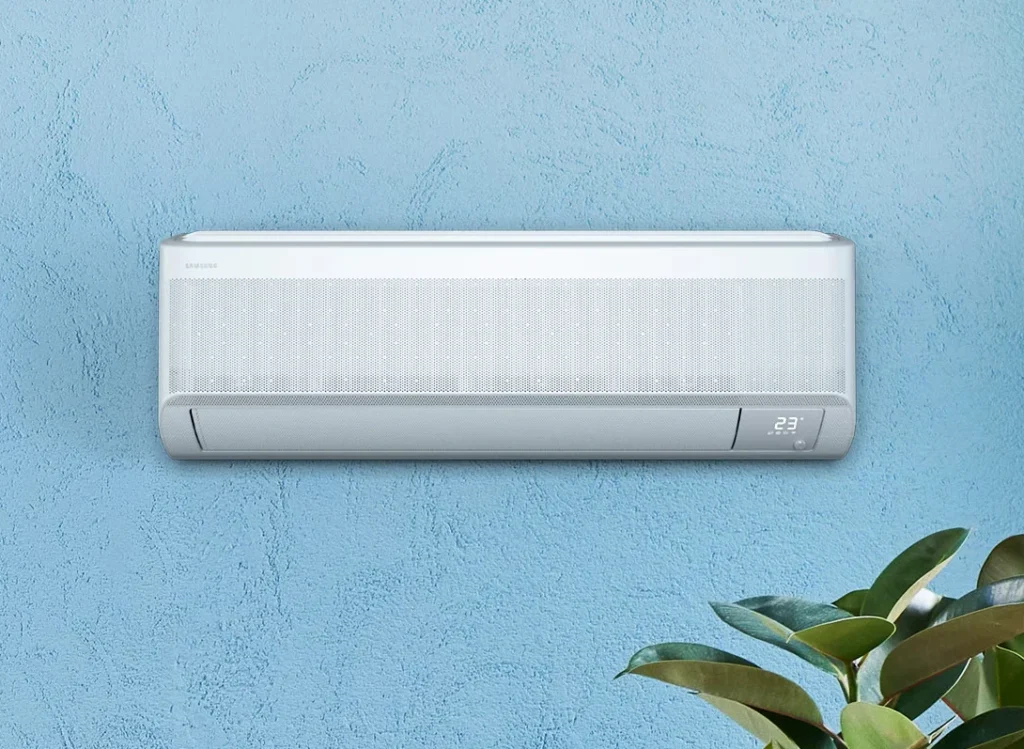Now, all the top air conditioner brands are producing only inverter ACs, which are the best choice for energy savings, better cooling efficiency, and low noise levels. However, when searching online, you may come across a lot of misleading and completely false information about inverter ACs.
In this article, we will highlight the real disadvantages of inverter ACs and debunk the fake myths that many websites keep repeating.
Disadvantages of Inverter ACs
PCB Repairs Are Costly After Warranty
Unlike older non-inverter ACs that operated with mechanical relays, the latest inverter ACs rely on PCBs for compressor control. All major AC brands like Daikin, LG, Samsung, Haier, Hitachi, and Panasonic offer a 5-year warranty on the PCB. However, if the PCB fails after the warranty period, the replacement or repair cost can be expensive, ranging from ₹6,000 to ₹12,000.
To prevent this, you can use a voltage stabilizer or surge protector if your area experiences frequent voltage fluctuations.

Voltage Fluctuations Below 130V May Affect Performance
Most inverter ACs from top brands have stabilizer-free operation (130V–290V), but if the voltage drops below 130V, performance may be affected. In rural areas or places with high voltage fluctuations, it is advisable to install an external stabilizer to protect the PCB.
Other than this, there are no real disadvantages to inverter ACs.
Inverter AC Myths Busted
Many outdated websites on the Internet still list fake disadvantages of inverter ACs which are completely incorrect. Let’s bust these myths with real facts.
Myth 1: Inverter ACs Have More Wear & Tear Because They Run Continuously
Fact: Inverter air conditioners actually last longer than non-inverter ACs because they run steadily at variable speeds instead of frequently turning on and off like non-inverter ACs.
The on-off cycle causes more wear and tear in non-inverter ACs, whereas inverter ACs adjust their speed based on cooling requirements, reducing stress on the compressor. This is similar to car mileage, you get better mileage on a highway because the car maintains a constant speed, unlike in traffic, where you frequently apply brakes and accelerate again.

Myth 2: 5-Star Inverter ACs Are Costlier, So They Are a Disadvantage”
Fact: 5 Star inverter ACs have a high ISEER rating. Initially, they may cost ₹5,000–₹7,000 more than a 3-star model, but they can save ₹4,000–₹8,000 per year on electricity bills in the long run. The same applies to non-inverter ACs as well. You can use our AC monthly bill calculator to find more.
Myth 3: Inverter ACs Cool Slowly
Fact: All the Latest Inverter ACs have Turbo Modes, Viraat Mode, Himalayan Cooling, Jet Mode, Power Chill and other such fast-cooling modes which can offer Instant cooling in a few minutes even when the outside temperature is above 50 degress. Inverter ACs cool just as fast (or faster) than non-inverter ACs.
Myth 4: Inverter ACs Need More Maintenance
Fact: All ACs require the same maintenance, whether inverter or non-inverter. Dirty Filters, Clogged Coils and Low gas levels affect all kinds of Air Conditioners. Non-Inverter ACs also reguire maintenance and servicing.

Myth 5: Inverter ACs Use More Power in Standby Mode
Fact: Yes, the inverter ACs consume 0.5W–5W in standby mode to keep the PCB active, but this is negligible when you compare the power savings offered by a non-inverter AC. A 5 Star Inverter AC saves up to 50% more power than a non-inverter AC which makes the standby power consumption irrelevant.
Final Verdict – Should You Buy an Inverter AC?
✅ Yes, you can buy an Inverter AC because there are no real disadvantages except PCB repairs & extreme voltage fluctuations which can be easily solved by using a stabilizer.
✅ Inverter ACs give has good cooling performance and save electricity and last longer.
❌ Don’t believe outdated myths about inverter ACs.
